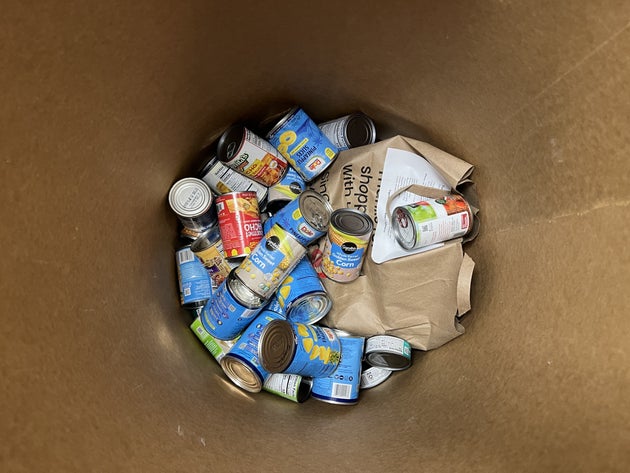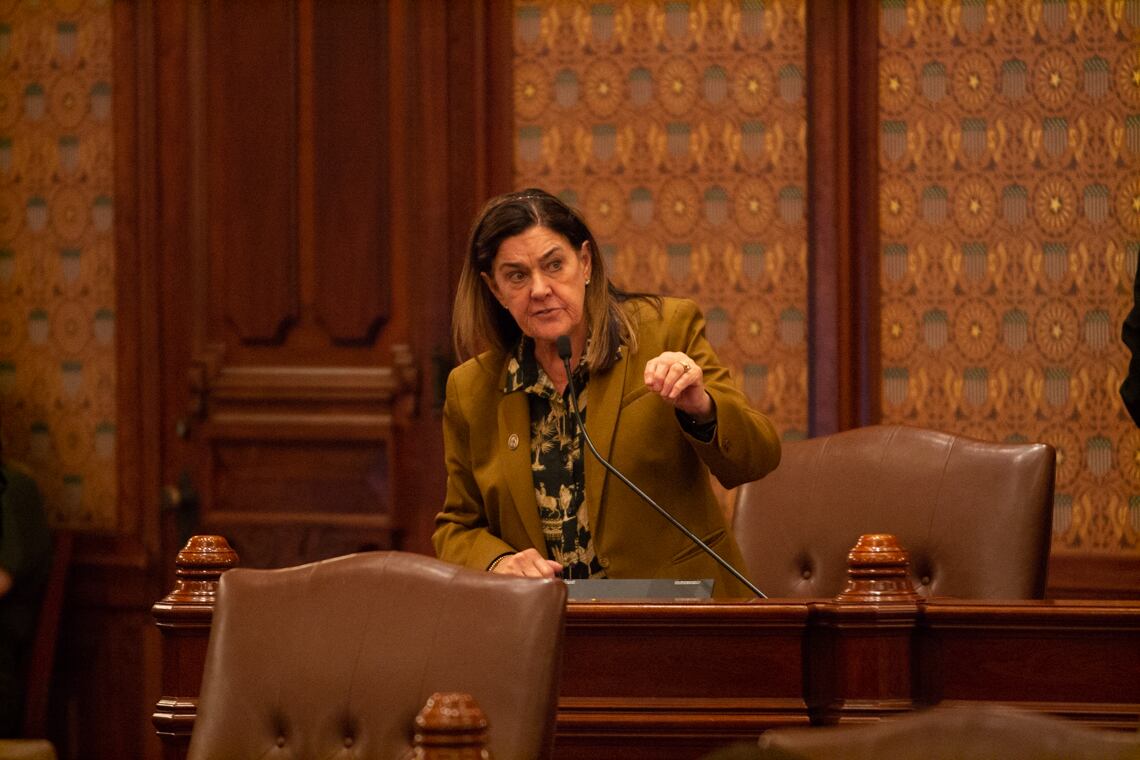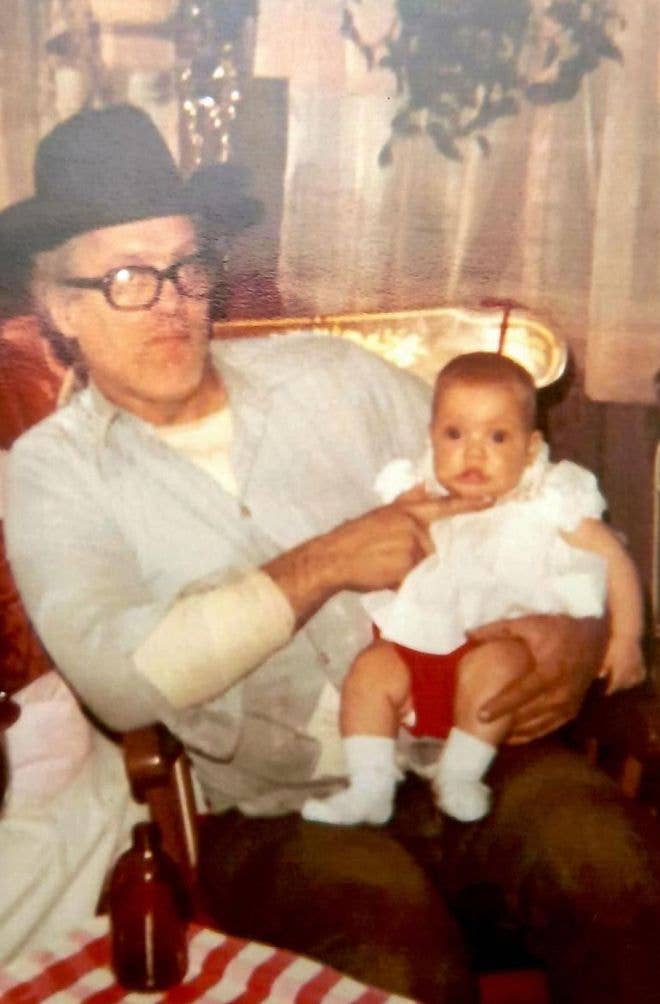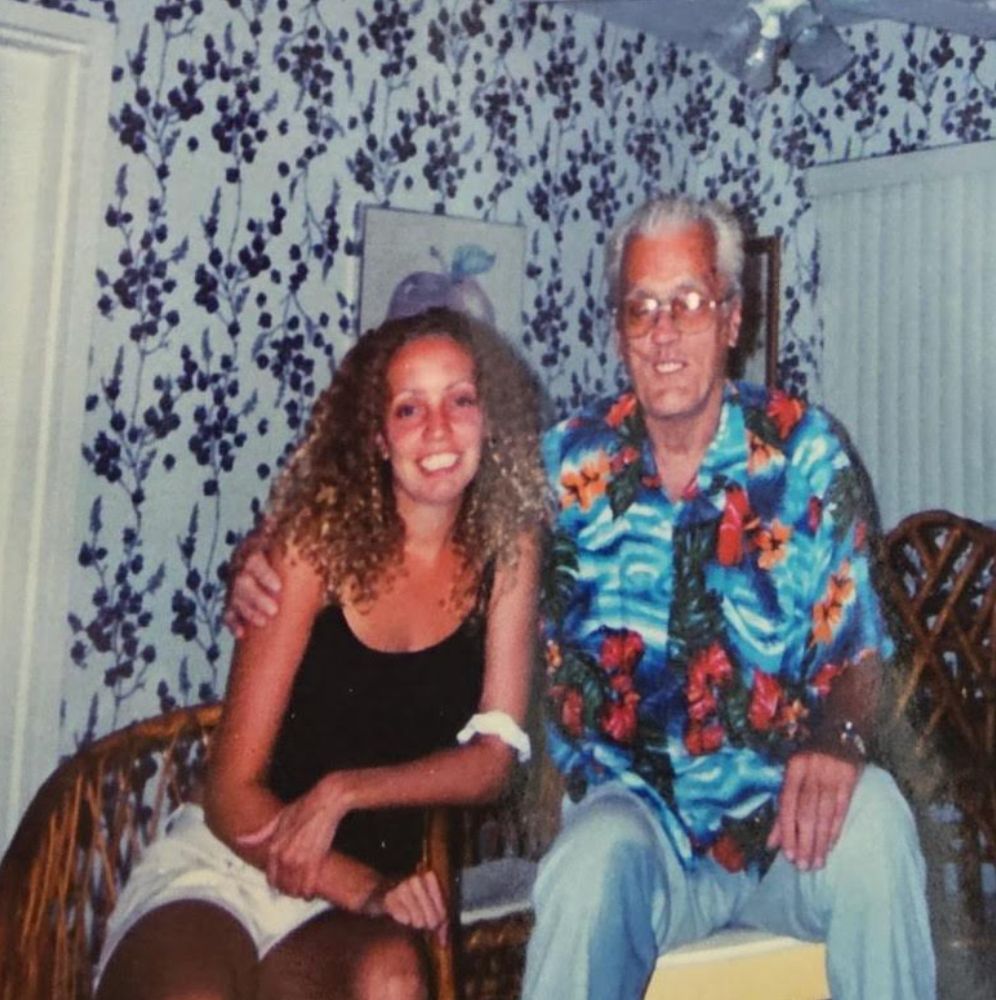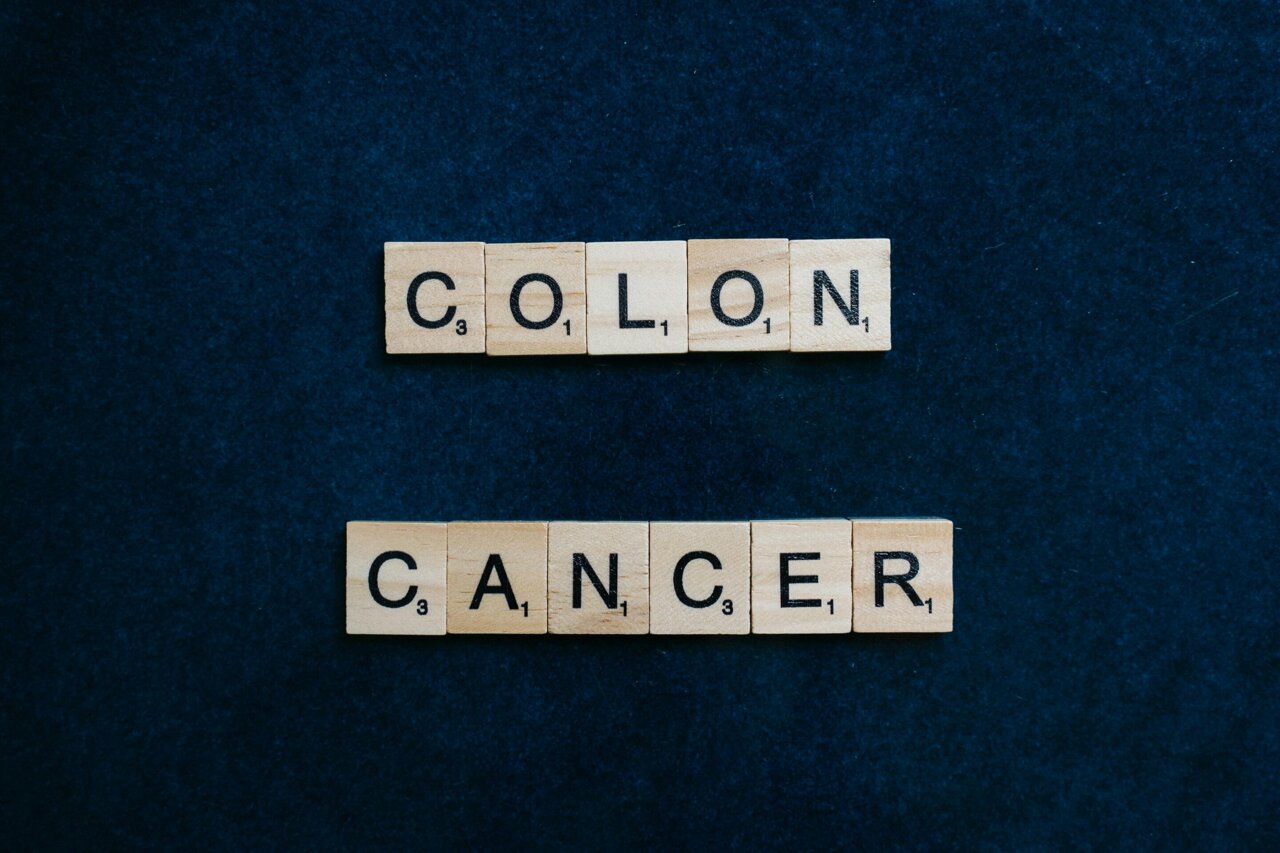Resources Available During the Government Shutdown in Texas Panhandle and Eastern New Mexico
As the government shutdown continues, residents in the Texas Panhandle and Eastern New Mexico are finding ways to cope with the temporary halt in SNAP benefits. Local organizations and emergency management offices are stepping up to ensure that no one goes hungry during this challenging time.
Carson County Office of Emergency Management
The Carson County Office of Emergency Management is actively working to support individuals and families affected by the shutdown. The office has been reaching out to the community to inform them about available resources and assistance.
Stormy Heider, the Carson County OEM Coordinator, emphasized the importance of connecting people with necessary support. She said, “I’m here to assist our county and help connect individuals and families with available resources and support until SNAP benefits are restored.”
Heider encourages anyone in need of assistance or those who wish to donate to reach out directly. You can contact her via email at carsonemc@co.carson.tx.us or by calling 806-537-5395. This number can also be used for any inquiries or additional information.
![]()
If the situation continues to impact the community in the long term, the Carson County OEM is prepared to take further action. This shows a commitment to addressing the needs of the community and ensuring that no one is left without support.
![]()
Panhandle Community Services
Panhandle Community Services has compiled a list of food resources for the top 26 counties in the Panhandle. This list serves as a valuable tool for residents looking for immediate assistance. While the specific details of the list are not provided here, it is clear that the organization is playing a crucial role in helping those affected by the shutdown.
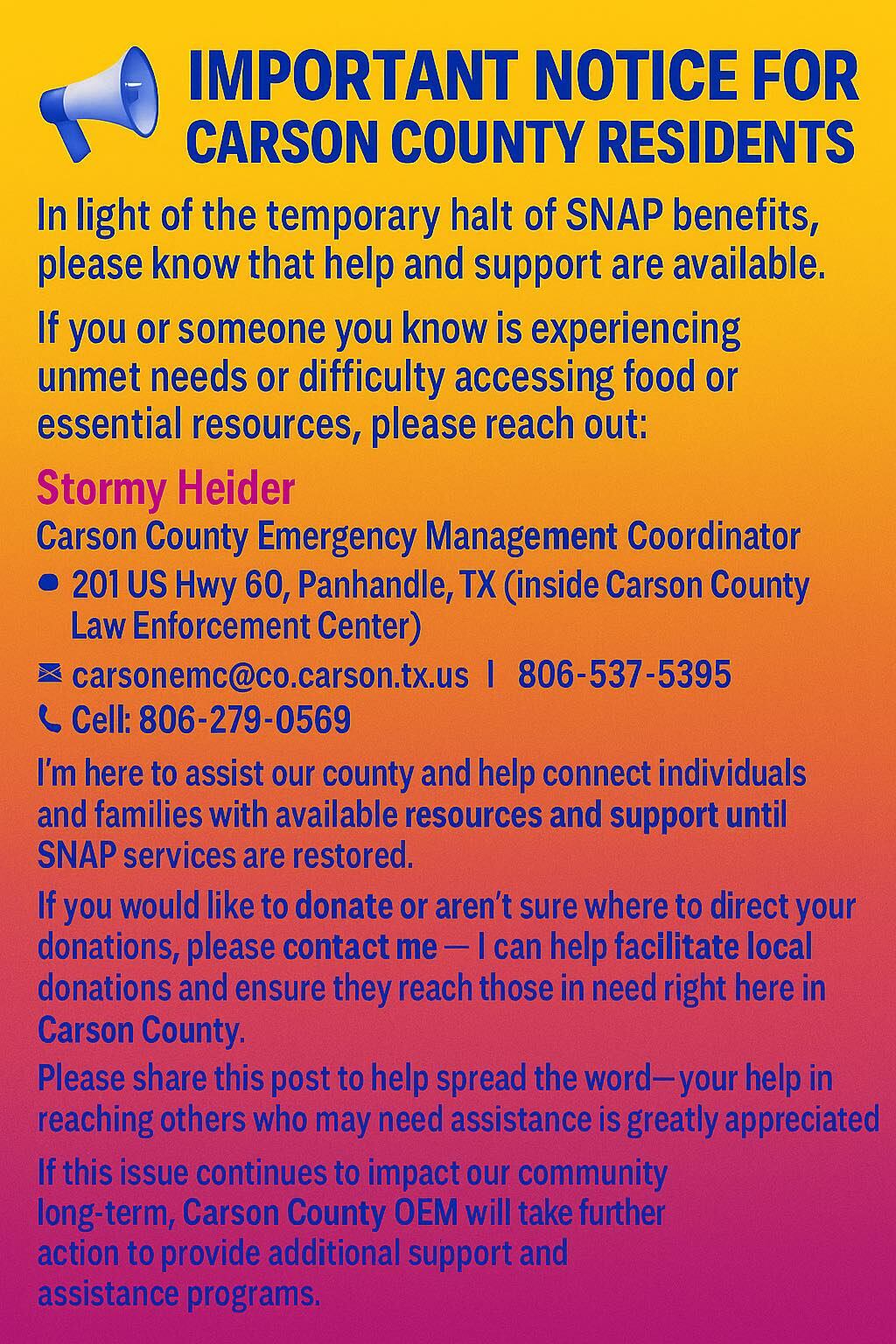
High Plains Food Bank
The High Plains Food Bank is experiencing an increased demand for its services due to the government shutdown. With the pause in SNAP benefits, the food bank has been working to stock up on essential food items to ensure that no one in the region goes hungry.
More than 51,400 Texans in the counties served by the High Plains Food Bank rely on SNAP benefits to put food on the table. Zack Wilson, the Executive Director of the High Plains Food Bank, highlighted the potential impact of delayed benefits. He stated, “The potential impact of delayed SNAP benefits will affect thousands in the Texas Panhandle. Over 13,000 households in the Texas Panhandle received food assistance last month, and we expect this number to increase in the coming weeks.”
![]()
This situation underscores the importance of community support and the critical role that local organizations play in times of crisis. The High Plains Food Bank is not only responding to the immediate needs but is also preparing for the possibility of increased demand in the future.
![]()
The High Plains Food Bank is located at 1910 SE 8th Avenue, Amarillo, TX 79102. The food bank’s phone number is (806) 374-8562.
Catholic Charities of the Texas Panhandle
Catholic Charities of the Texas Panhandle is also working to help those impacted by the shutdown.
The Catholic Charities of the Texas Panhandle is located at 2004 N Spring Street, Amarillo TX 79107. You can call Catholic Charities as (806) 376-4571.
Square Mile Community Development
Square Mile Community Development plans to continue providing food support until SNAP benefits resume. Square Mile will also be providing fresh produce from the Urban Farms as part of this effort.
Square Mile is a nonprofit that provides resources to underserved population like refugee families.
Square Mile Development Director Kara Stevener says they are currently serving around 200 people and expect to see that number rise to 300 impacted by these cuts.
Stevener says their mission is to fill that gap for the people and families they serve during the shutdown.
“We need to help our neighbors who need a little help, you know,” says Stevener. “And these refugees have come here for the American dream. They are escaping religious and political persecution, very dangerous situations in their countries.”
Food distribution will begin on Tuesday, Nov. 4.
Square Mile is asking for donations to help provide these meals. Donations are needed by Saturday, Nov. 1.
Square Mile is in need of donations such as:
- chicken
- vegetable oil
- rice
- flour
This is due to many having dietary restrictions.
You can bring donations to THE PLACE at 3107 Plains Blvd Monday through Thursday from 9 a.m. until 5 p.m.
Cash donations can also be made here.
Food Bank of Eastern New Mexico
The Food Bank of Eastern New Mexico says the suspension of SNAP impacts around 460,000 New Mexicans.
The food bank is working with other food banks in New Mexico to help those impacted.
You can call the food bank at (575) 763-6130 or stop by 2217 E Brady Ave, Clovis, NM for help with resources.
Clovis Municipal Schools
Clovis Municipal Schools will offer free supper meals for all children currently enrolled in pre-k through 12th grade.
Families can bring their children to the exterior cafeteria doors of Yucca Middle School, Clovis High School, or the Arts Academy at Bella Vista, where each student can pick up a balanced, nutritious meal and a fun, educational activity.
Pickups are available Monday through Thursday, Nov. 10-14 and Nov. 17-20 from 3 p.m. until 4:30 p.m.
CMS will offer advanced meals for Thanksgiving Break. They will be available for pickup on Wednesday, Nov. 19 from 8 a.m. until 10:30 p.m. at The Arts Academy at Bella Vista, iAcademy (1400 Cameo - Formerly CHSFA), Clovis High School, Lockwood Early Childhood Center, Yucca Middle School and Zia Elementary.
Snack Pak 4 Kids
Snack Pak 4 Kids has prepared for if SNAP benefits are delayed come November 1 by ordering and putting together thousands of extra Snack Paks.
Snack Pak 4 Kids Executive Director Dyron Howell says Snack Pak spent $13,000 extra and packed thousands of additional paks for if the need arises for supplemental food.
Howel says, it’s important for kids, during times like this to know they haven’t been forgotten.
“So, what we decided was, hey if they know we are ready, if they know we are prepared, what that communicates to them is that they’re not lost. They’re not forgotten,” says Howell. “There’s a lot of chaos right now, so maybe we’re one consistent thing that they each and every weekend.”
Howell says while it might not be needed, they would rather be over prepared than under prepared to serve our community.
First Baptist Church Amarillo
For those in need of food assistance, First Baptist Church Amarillo has a weekly food pantry open on Tuesdays and Thursdays.
You can stop by from 9 a.m. until 11 a.m. at 1515 S. Buchanan Street.
The church also accepts donations at that location as well.
Panhandle Meat Processing/ Rancher’s storefront
Panhandle Meat Processing & Rancher’s storefront is offering five pounds of ground beef for those who have seen a lapse in SNAP benefits during the government shutdown.
Donnie Trammell says there are limited supplies, but will run the offer through Thursday or Friday, is possible.
The offer is available only at its Dowell Rd. location at 15891 S. Dowell, Amarillo TX 79119.
Big Jim’s Pizza Co. in Amarillo
If SNAP benefits are still not funded by Nov. 1, Big Jim’s Pizza will offer a free slice of pizza to kids (15 and under).
The company says “every child deserves to be fed, and community means looking out for one another.”
The offer is for pick-up orders, and the parent or guardian must show a SNAP card and a photo ID.
Children must be present to receive their slice, and each child can receive one free slice per day.
Big Jim’s owner Jim Dewitz says as a restaurant owner sometimes are more connections to offer help and has received support from the community as a whole.
“I mean for one, don’t be ashamed. Please come to us, message us, any which way,” says Dewitz. “We have our Facebook page of course, Instagram things like that, so just reach out to us. We’re happy to help. There’s no judgement here. We’re just here to feed people.”
Dewitz says he is extending this offer to one of his other restaurants K-N Root Beer Drive-in for a free grilled cheese.
Big Jim’s will begin taking donations from residents beginning November 1.
You can sponsor a pizza to help feed local kids. You can message the store’s Facebook page, stop by or call them at (806) 352-5050.
Do Drop In in Portales
Children eat free at Do Drop In until SNAP benefits are restored.
Any child visiting the shop will receive a free kid’s meal limited to one per child. The child must be present for dine-in meals.
Malcolm’s Ice Cream in Amarillo
Malcolm’s Ice Cream & Food Temptations will have a government shutdown special starting Oct. 29 and running until the shutdown ends.
The restaurant will reduce all kids meals to $4 and all adult burger meals will be reduced by $1.
Malcolm’s owner Oliver Taylor says that as a restaurant owner, food is love and believes it is important to give back to the community that supports them.
“You know, I think we’ll help the community, community wide I don’t need to have proof of a furlough or proof over anything like that,” says Taylor. “Just come in we’ll get you fed. We’ll get your kids fed, and we’ll have a good time doing it.”
Taylor says there are no requirements to receive the reduced menu prices.
Kind House Ukraine Bakery in Amarillo
The Kind House Ukraine Bakery is offering a bowl of soup and slice of bread for those who need it.
They say, “If you are hungry, we want to feed you, no questions asked. If you’d like to help feed someone, we’d love to have your help too.”
Bakers’ Baked Goods
Bakers’ Baked Goods is a family ran bakery who is offering free holiday and birthday cakes and treats all month long for those who need help celebrating during the government shutdown.
Bakers’ Baked Goods says if you are in need of any other it will also help provide meals, food, drinks, or feminine hygiene products to those in need of help.
80/20 in Amarillo
80/20 announced on Wednesday that it invites families impacted by the loss of SNAP to reach out by texting 806-282-5434.
They say they will do everything in their power to help provide during this time.
Freedom Center in Dumas
The Freedom Center Food Pantry in Dumas will be accepting donations and sponsorships for meal boxes for families in need.
Organizers say the following items are needed most:
- canned vegetables, beans and soup
- rice, pasta and cereal
- shelf-stable milk
- baby formula
- peanut butter
- canned protein
- cooking oil and spices
- hygiene items
- household supplies
Donations can be dropped off at 306 W. 7th St.
For questions about larger donation drop-offs, call 806-935-2828.
Sunray Collegiate ISD
Sunray Collegiate ISD announced Oct. 29 it will hold a community food drive to help families in the weeks ahead.
Officials say all donations will benefit children and families in the district’s schools.
The following items are being collected:
- canned vegetables, fruit, beans, and soup
- rice, instant mashed potatoes
- boxed foods
- pasta and pasta sauce
- breakfast items and snacks (cereal, nuts, granola bars, peanut butter crackers, etc.)
- baby supplies and toiletries
A donation box will be set up at the Sunray football game on Oct. 31.
Donations can also be brought to Sunray Elementary School, 509 Avenue Q, through Nov. 15.
Pinnacle Community Church in Amarillo
Pinnacle Community Church says its Helping Hands Food Pantry is open to the community.
Those in need of groceries can contact Lincoln at 806-359-8687 extension 2.
An appointment is required.
Shi Lee’s BBQ & Soul Food
Shi Lee’s owner Tremaine Brown says he feels for those who may be going through a crisis.
He says he will be handing out basic food needs and sweets on November 5th at Shi Lee’s.
Tremaine will have these options available:
- potatoes
- peppers
- fruit
- bread
- sweets
This will be available in the vacant lot West of Shi Lee’s.
He says you must show your SNAP benefits card.
Cyd’s Cafe in Pampa
With many concerns in the lapse in SNAP benefits, Cyd’s Cafe in Pampa will be keeping a binder with meal tickets for kids’ meals.
The owner of Cyd’s says they are personally donating 25 tickets.
Cyd’s Cafe says if your kid may miss a meal to come to the cafe and ask for a ticket.
A server will take it to the kitchen and place the order with the meal already paid in full.
Each meal ticket is five dollars to cover food and labor and will include the following options:
- cheeseburger or hamburger
- chicken strips
- grilled cheese
- mini corndogs
The meal will also include a side.
Cyd’s Cafe is currently taking donations to help serve its community.
If your business is providing resources to those impacted by the government shutdown, email us at newsroom@newschannel10.com .
